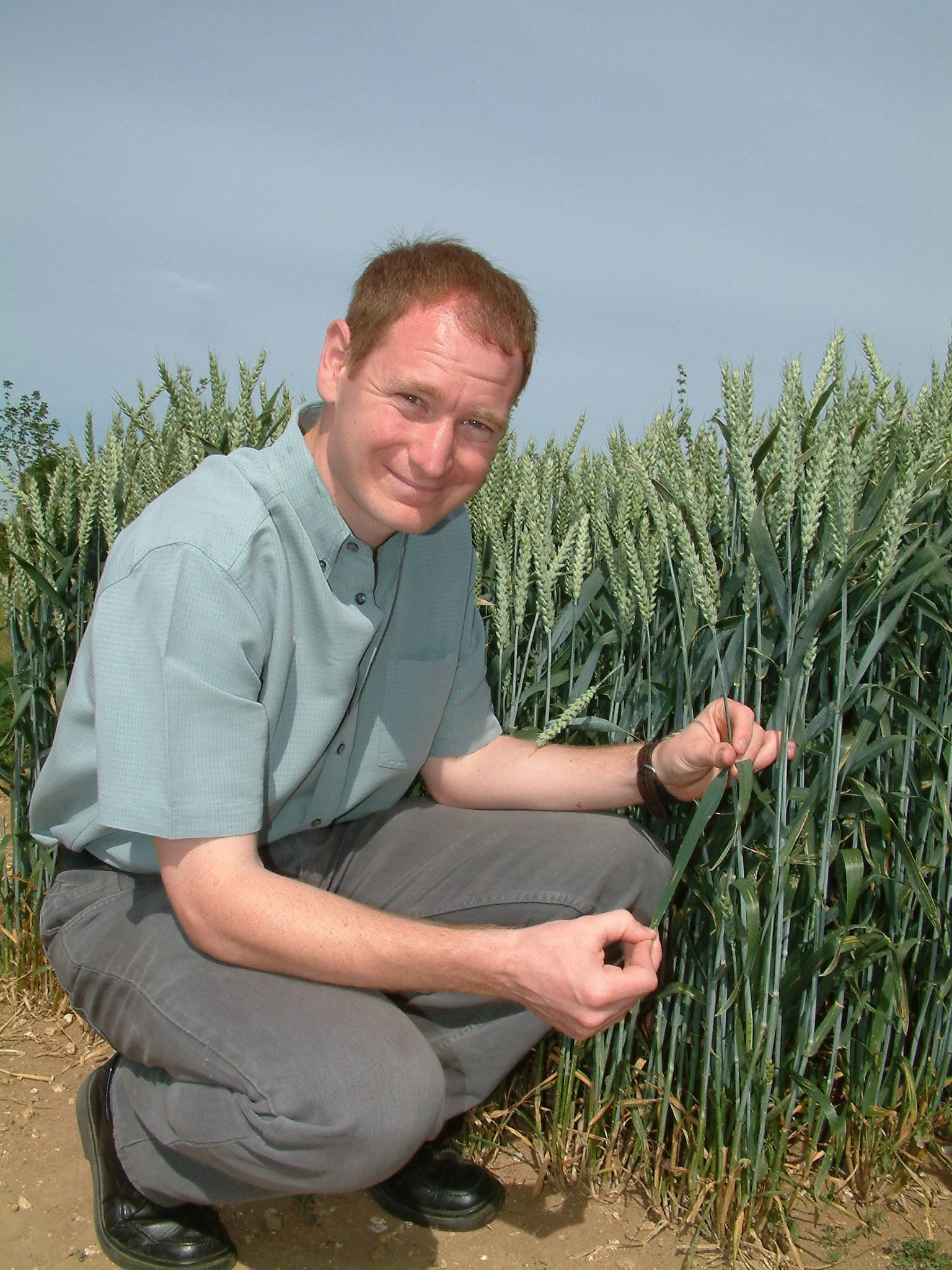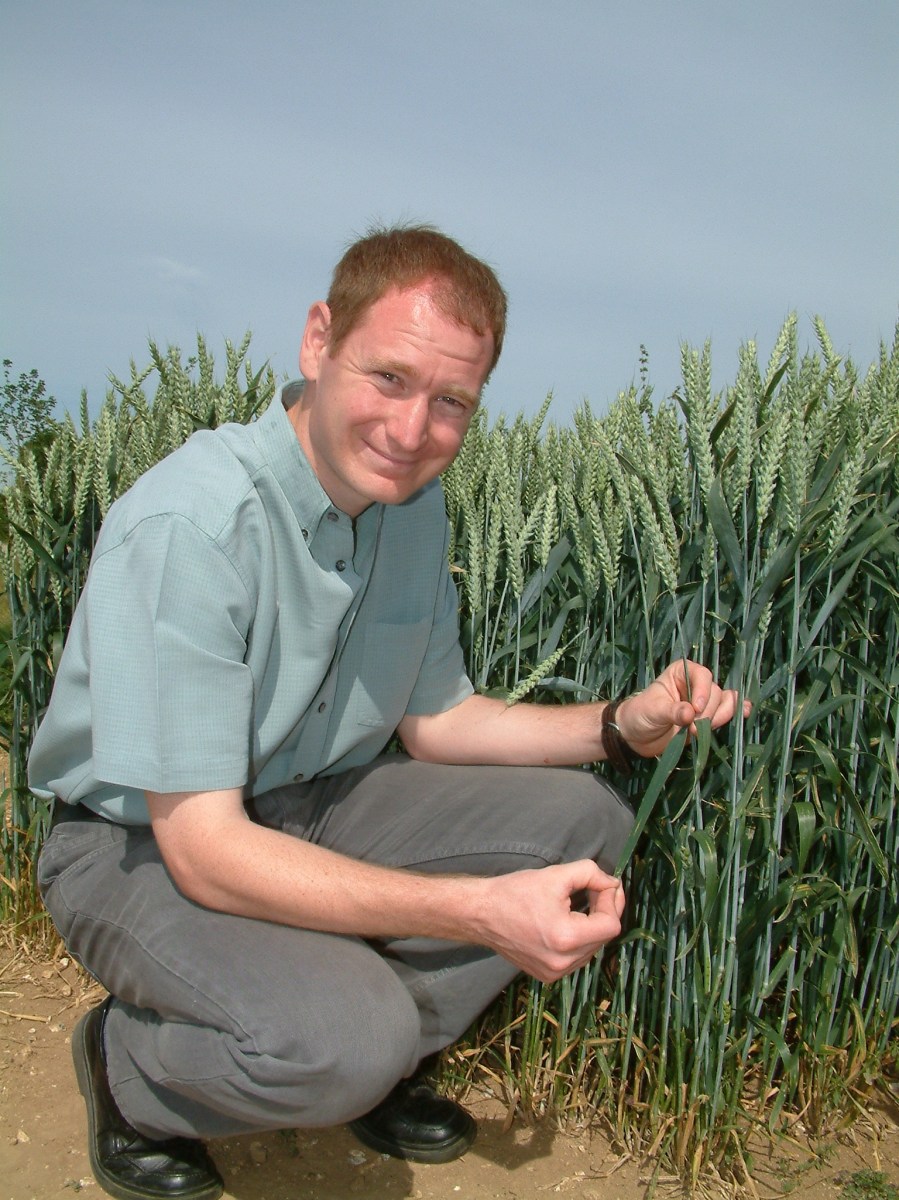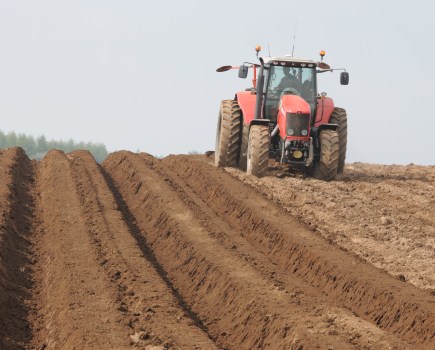
CPM finds out about utilising risk factors in proactive cereal disease management and why its a key topic at this year’s Cereals Event.
With cereal variety choice at the start of the season playing a big role in how disease pressure develops later on, visitors to the Syngenta stand (number 619) at this year’s Cereals Event can learn about planning cost-effective fungicide strategies taking this plus other risk factors into account.
Using a range of cereal variety plots on the stand as a backdrop, Syngenta experts will explain how to utilise ‘known’ risk factors – of variety, drilling date and location – together with ‘evolving’ in-season weather risks, to develop practical approaches to minimise yield loss.
“Pro-activity is key when planning fungicide programmes,” says Syngenta fungicide expert, Dave Ranner. “You can’t simply base decisions on disease levels around the time of spraying, because these other factors can have a big influence on how disease develops after that point.
“As a combined plant breeder and research-based crop protection manufacturer, we have a lot of information on how variety choice and fungicides affect disease levels. Most recently, much of this is with our latest foliar SDHI fungicide, Elatus Era, launched last season.
“The T2 spray, in particular, is clearly a critical timing to get right because the flag leaf which it protects contributes more than 40% to winter wheat yield.
“With Elatus Era offering such a strong option at T2 – because it has been shown to provide outstanding retention of green leaf area as well as powerful control of septoria and rusts – we will be explaining how to take into account the various risk factors when using Elatus Era to get the best results.”




